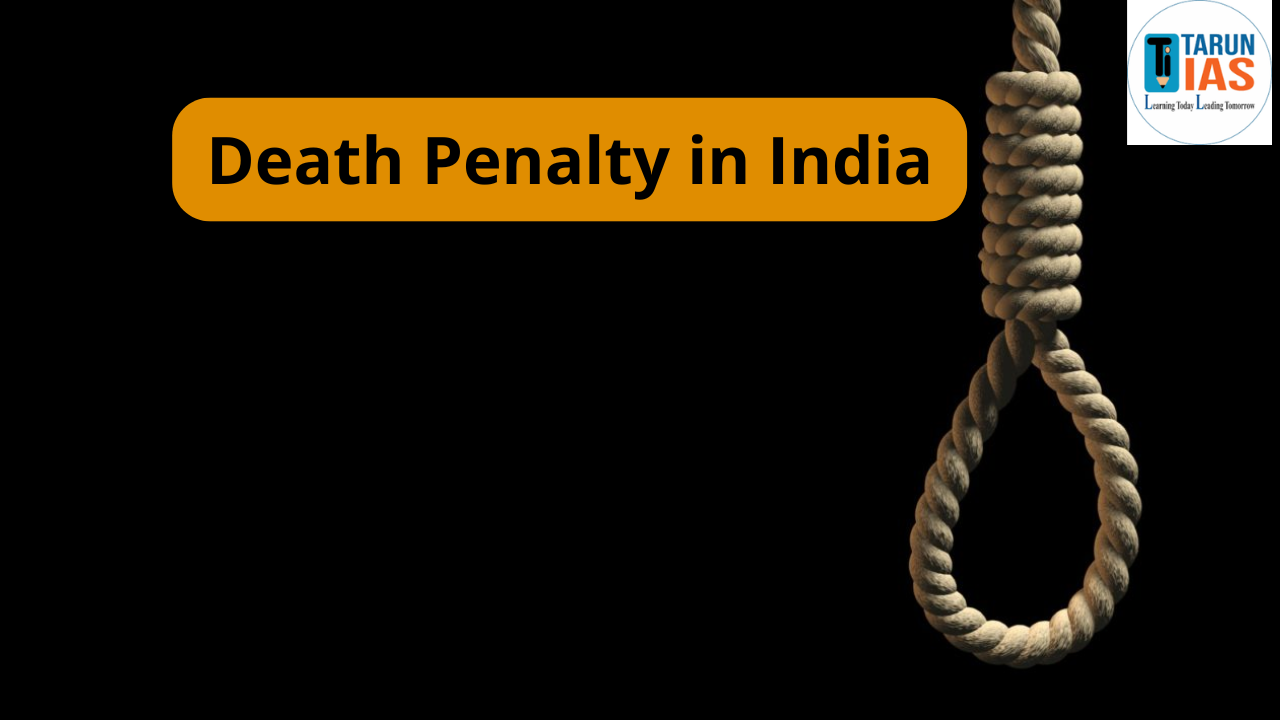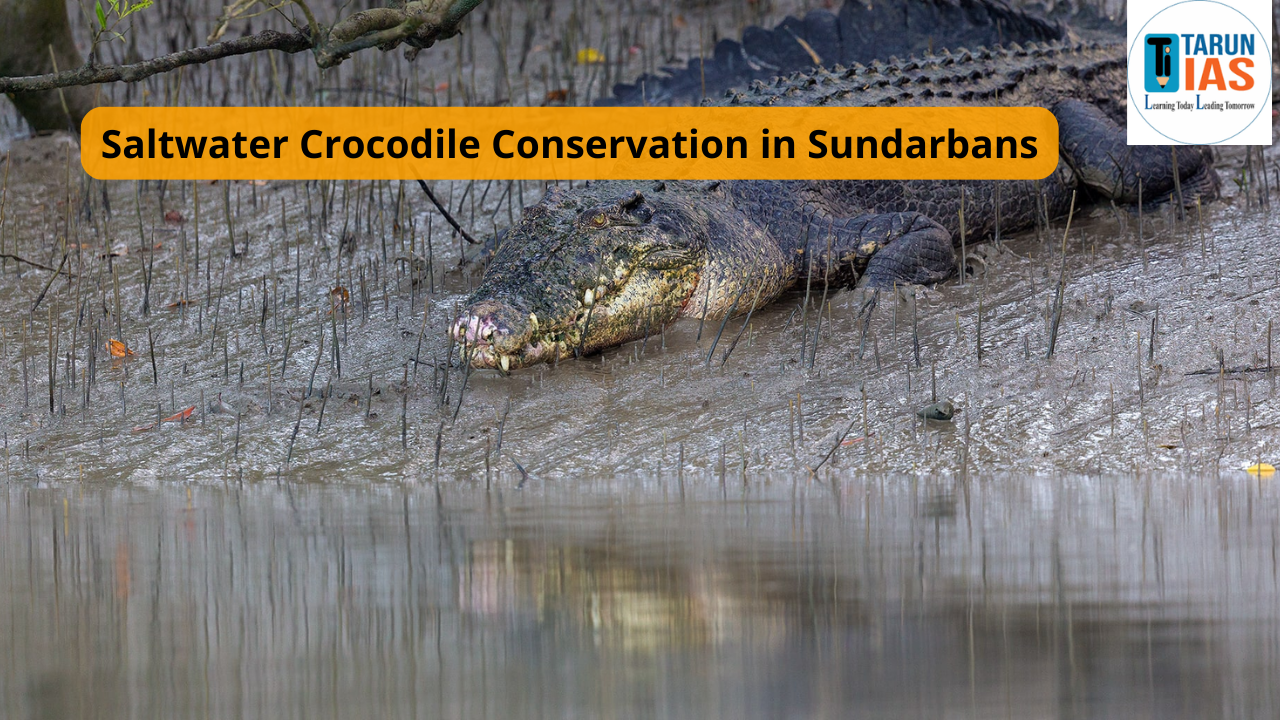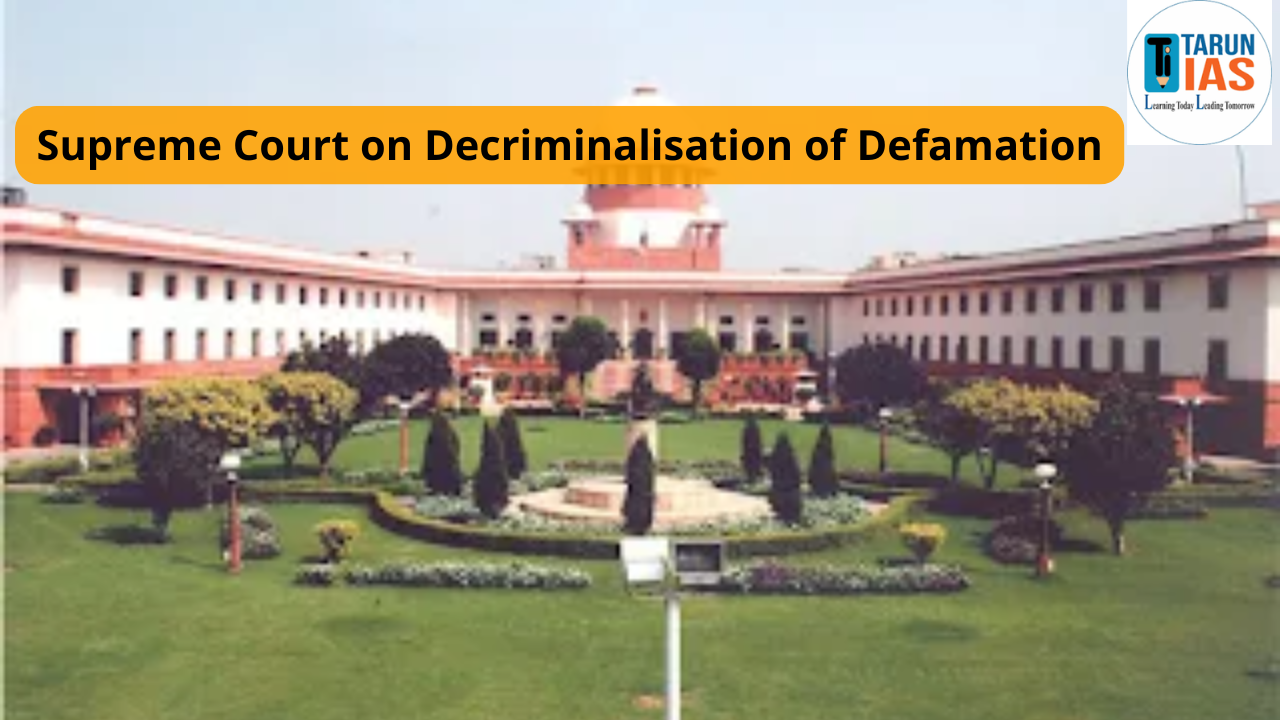Empowering Urban Local Bodies in India Introduction
- Urban Local Bodies (ULBs) are at the forefront of India’s urban development and governance.
- Despite their critical role, a recent Comptroller and Auditor General of India (CAG) report has highlighted alarming concerns.
- The report revealed a 42% gap between the resources and expenditures of ULBs across 18 states.
- Additionally, only 32% of their revenue is generated independently, with the rest coming from state and central government transfers.
- These challenges underline the need to reassess the structure, functions, and support provided to ULBs.
Constitutional Mandate and Structure of Urban Local Bodies in India
-
- The 74th Constitutional Amendment Act, 1992, was a landmark in urban governance, establishing the constitutional framework for ULBs.
- It introduced Part IX-A (Articles 243P to 243ZG) and the 12th Schedule, which lists 18 functional areas assigned to municipalities, including urban planning, public health, and infrastructure development.
- Types of ULBs:
- Municipal Corporations: For cities with populations over one million (e.g., Mumbai, Delhi, Bengaluru), focusing on large-scale urban governance.
- Municipalities: Governing smaller cities with populations under one million.
- Notified Area Committees: Established for rapidly growing towns lacking adequate infrastructure.
- Town Area Committees: Manage limited functions such as drainage and street lighting in smaller towns.
- Cantonment Boards: Administer civilian areas in cantonments under the central government.
- Townships: Provide services in industrial colonies; function without elected representatives.
- Port Trusts: Manage civic amenities in port cities like Mumbai and Chennai while focusing on port administration.
- Special Purpose Agencies: Handle specific urban functions like water supply, transport, and housing.
Why Urban Local Bodies Matter?
- Urban Planning and Development: ULBs create master plans to guide sustainable urban growth and optimize land use. For instance, municipal corporations prepare comprehensive blueprints for city infrastructure.
-
-
- The Delhi Development Authority (DDA) prepared the Master Plan for Delhi 2041, focusing on sustainability, housing, and transport integration.
- The Ahmedabad Municipal Corporation implemented the Sabarmati Riverfront Project, transforming underutilized land into a thriving urban space.
-
- Service Delivery: They ensure essential services like water supply, waste management, street lighting, and public health services are accessible to urban residents.
-
-
- The Indore Municipal Corporation achieved national recognition for its zero-waste model in solid waste management, making Indore India’s cleanest city for six consecutive years.
- The Chennai Corporation operates over 4,000 public health centers to provide accessible healthcare to urban populations.
-
- Disaster Management: ULBs lead local responses during crises, such as the Brihanmumbai Municipal Corporation’s (BMC) efforts during the COVID-19 pandemic and Mumbai floods.
- Empowerment of Women and Marginalized Groups: Mandatory reservations for women and marginalized communities under the 74th Amendment have increased their participation in local governance.
-
-
- In Rajasthan, the 50% reservation for women in ULB elections has led to increased female representation in municipal bodies, creating platforms for addressing gender-specific issues.
- The Nagpur Municipal Corporation has seen Dalit women corporators spearheading initiatives for better sanitation and healthcare in marginalized communities.
-
- Community Engagement: Through mechanisms like ward committees and public consultations, ULBs foster grassroots participation, echoing Gandhiji’s vision of ‘Poorna Swaraj’ and democratic decentralization.
-
- The Pune Municipal Corporation launched the Participatory Budgeting Initiative, enabling citizens to propose small-scale projects for their neighborhoods.
- In Kerala, the Kudumbashree Mission, supported by local bodies, mobilized women’s groups for community-driven development project.
Challenges Facing Urban Local Bodies in India
- Financial Constraints:
-
-
- Dependence on Transfers: Over 35% of ULB revenue comes from state and central transfers, which are minimal compared to other nations.
- Post-GST Revenue Loss: The GST regime subsumed critical revenue sources like octroi and entertainment taxes. For example, the Municipal Corporation of Greater Mumbai (MCGM) lost ₹7,000 crore annually due to octroi abolition.
- Underutilized Property Tax: Indian ULBs raise only 10-11% of revenue from property tax, compared to 20-22% in China.
- Limited Taxation Powers: Unlike developed nations, ULBs in India lack authority to levy robust taxes. For example, Chinese ULBs generate substantial revenue by selling land-use rights, while Danish municipalities impose local income taxes.
- Delayed State Finance Commissions: Many states fail to establish or implement State Finance Commission recommendations, limiting resource allocation.
-
- Functional Limitations:
-
-
- Parastatal Agencies: State-level parastatal bodies control critical urban functions like water supply and transport, diminishing ULB autonomy.
- Incomplete Devolution of Powers: States often retain control over the 18 functions listed in the 12th Schedule, undermining local governance.
- Inactive District Planning Committees (DPCs): Many states lack functional DPCs, hindering integrated planning at the district level.
-
- Administrative Challenges:
-
-
- Election Delays: Some ULBs, like Bengaluru’s BBMP, have been without elected bodies for years due to state government delays.
- Criminalization: The rise of representatives with criminal backgrounds undermines effective governance.
- ‘Corporator Pati’ Syndrome: Women representatives are often overshadowed by their male relatives, reducing genuine political empowerment.
- Bureaucratic Control: Municipal commissioners appointed by state governments wield disproportionate power, relegating elected mayors to ceremonial roles.
- Staff Shortages: Over 35% of posts in municipal corporations remain vacant, affecting service delivery.
-
- Functional Inefficiencies
-
- Unplanned Urbanization: ULBs struggle with issues like slums, traffic congestion, and inadequate infrastructure due to ineffective planning.
- Corruption: Scandals like contract irregularities in the Municipal Corporation of Delhi (MCD) erode public trust.
- Coordination Gaps: Poor coordination among central, state, and local authorities delays policy implementation.
Way Forward
- Recommendations from the 6th ARC:
-
-
- Metropolitan Planning Committees: Establish these bodies to integrate and coordinate urban development.
- Unified Metropolitan Transport Authority (UMTA): Streamline urban transport and traffic management.
- Strengthen ULBs: Conduct regular elections, devolve functions, and ensure adequate funding.
- National Urban Development and Housing Fund (NUDHF): Support housing and urban infrastructure projects.
- PPP Models and E-Governance: Adopt public-private partnerships and digitize governance for greater transparency and accountability.
-
- NITI Aayog’s Recommendations:
-
-
- Enhancing Financial Autonomy: Allow ULBs to expand revenue sources and increase central funding.
- Capacity Building: Train municipal staff and urban planners to address modern challenges effectively.
- Citizen Participation: Strengthen ward committees and engage civil society in governance.
-
- CAG’s Suggestions:
-
- Empower ULBs: Grant them autonomy in urban planning and development.
- Policy Reforms: Introduce stronger frameworks to ensure economic, environmental, and democratic vibrancy in urban governance.















